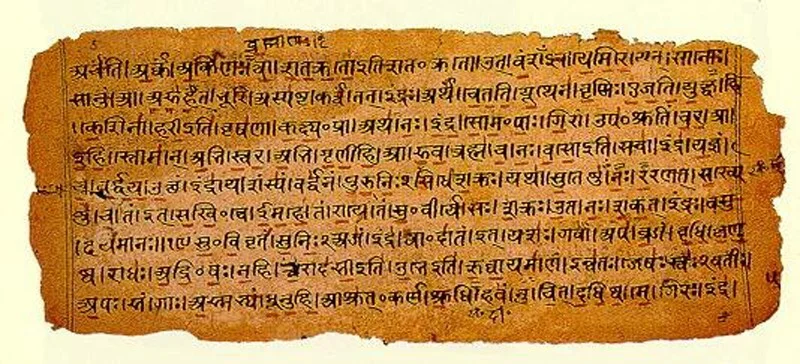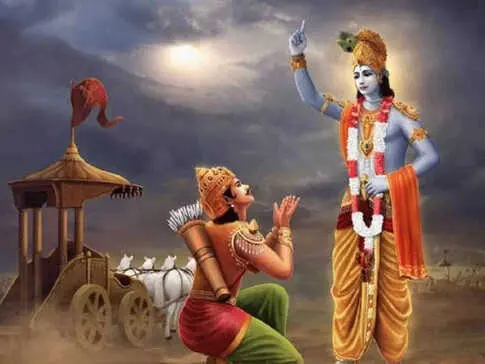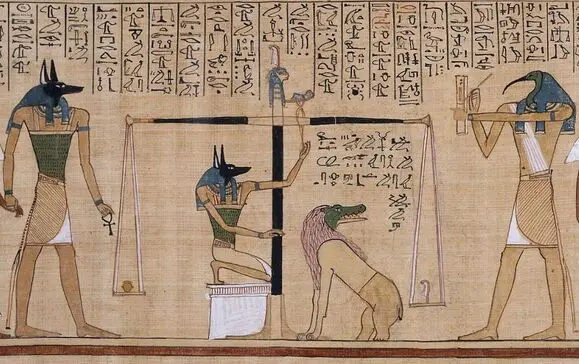TorahTorah is the holy book of Judaism. Also known as the Jewish Bible, consists of the Five Books of Moses, namely Genesis, Exodus, Leviticus, Numbers, and Deuteronomy.
Torah can also refer to all 24 books of the Hebrew Bible, which included written and oral laws of Rabbinic Judaism and teachings dating back to ancient times.
It is believed that this sacred Jewish text was authored by the prophet Moses on Mount Sinai. However, most scholars agree that the text has multiple authors, with the writing beginning during the Babylonian Captivity in the 6th century BCE and finishing in the 2nd century BCE.
Bible The Bible is one of the most read and printed sacred texts in the world. This collection of religious scriptures is held sacred by Christians, Jews, Muslims, and many other religious groups.
The books of the Bible are divided into two parts, the Old Testament which consists of 39 books, and the New Testament consisting of 27 books.
The Bible was originally written in Aramaic and Hebrew. Therefore, the modern interpretation of the Bible widely varies among its readers.
The Avesta The Avesta is the primary gathering of spiritual writings in the Avestan language for the Zoroastrianism belief system. The texts in Avesta are categorized based on dialect or usage.
The most important part of this text is the Yasna texts, especially the five Gathas. Around 17 hymns of the Gathas are believed to have been composed by Zoroaster, the founder of the Zoroastrian religion himself.
The Avesta’s surviving texts available today, come from a sole original copy known as the ‘Sassanian archetype.’ This singular source was produced during the reign of the Sasanian Empire, but it no longer exists. The earliest remaining manuscript that contains an Avestan language text dates back to 1323 CE.
Quran The Holy Quran is one of the most controversial religious texts of all time. The text has its roots in Judaism and Christianity and is the most sacred text of all Muslims throughout the globe.
The book consists of 114 surahs(chapters) of widely varying lengths, with the longest Surah containing 286 ayats(verse) and the shortest carrying just three.
The book consists of verses believed by Muslims to be divinely revealed to Prophet Mohammad by Angel Gabriel over 23 years. However, it was only put down on paper 20 years after the death of Prophet Mohammad by his companions.
Ramayana Ramayana is one of the most important Hindu epics that is a part of Itihasas, with the other being Mahabharata. The epic tells the story of Rama, the prince of Ayodhya in the Kosala kingdom.
The story of Ramayana traveled far and wide during Ancient times, with several different versions of the epic existing among the nations of South and Southeast Asia.
Through the epic, readers follow Rama’s journey through his fourteen-year exile to the forest at the behest of his stepmother Kalki. Rama travels extensively across forests in the Indian subcontinent while dealing with various challenges.
The epic also includes the kidnapping of Sita by Ravana, the king of Lanka, which led to war, as well as Rama’s triumphant return to Ayodhya after defeating Ravana
Bhagavad Gita The Bhagwad Gita is the most known and revered sacred text of the Hindu Dharma. It is part of book 6 of the Sanskrit epic Mahabharata and is dated to the first century BCE, the period which marks the transition from Vedic to Puranic Hinduism.
The text has had a profound influence on several eminent historical and modern-day figures, including Mahatma Gandhi and the founder of Prabhupada, the founder of the HareKrishna movement. It calls for selfless action and integrates dualism with theism, while the Vedas are monotheistic.
Buddhist Sutras Buddhist Sutras are esteemed sacred texts believed to have been first recorded by Gautama Buddha between the 2nd century BC and the 2nd century AD.
Among these scriptures, the Lotus Sutra holds significant prominence as it contains Buddha’s discourse to his disciples providing the fundamental teachings of Buddhism.
The term sutra denotes a thread or line that brings together the ends, from where even the English words “suture” and “sew” originate as the texts were written on palm leaves and sewn together using a thread.
Egyptian Book of the Dead The Egyptian Book of the Dead is a collection of funerary texts consisting of 192 magic spells that were used from approximately 1550 BCE to 50 BCE in Ancient Egypt.
Their purpose was to safeguard deceased persons during their journey to the afterlife and protect them against potential dangers and deceit that may come their way.
Among these spells, the “Weighing of the Heart” is the most popular and was meant to assist the deceased in regaining power over their movement and speech post-death.
Originally, these spells were written in hieroglyphic script and inscribed on objects; however, wealthy Egyptians preferred to have them written in book form.
Tao Te Ching Tao Te Ching is a well-known Classic Chinese text, believed to have been authored by the sage Laozi during the 4th century BC according to traditional sources.
It comprises 81 concise chapters, and its original written form was in flowing calligraphy. Tao Te Ching is the fundamental text of both philosophical and religious Taoism.
Thus, it has played an essential role in shaping and establishing the foundation of the schools of Legalism, Confucianism, and Chinese Buddhism as Tao Te Ching covers a wide variety of subjects, ranging from advice for rulers to imparting practical wisdom to the common people.





